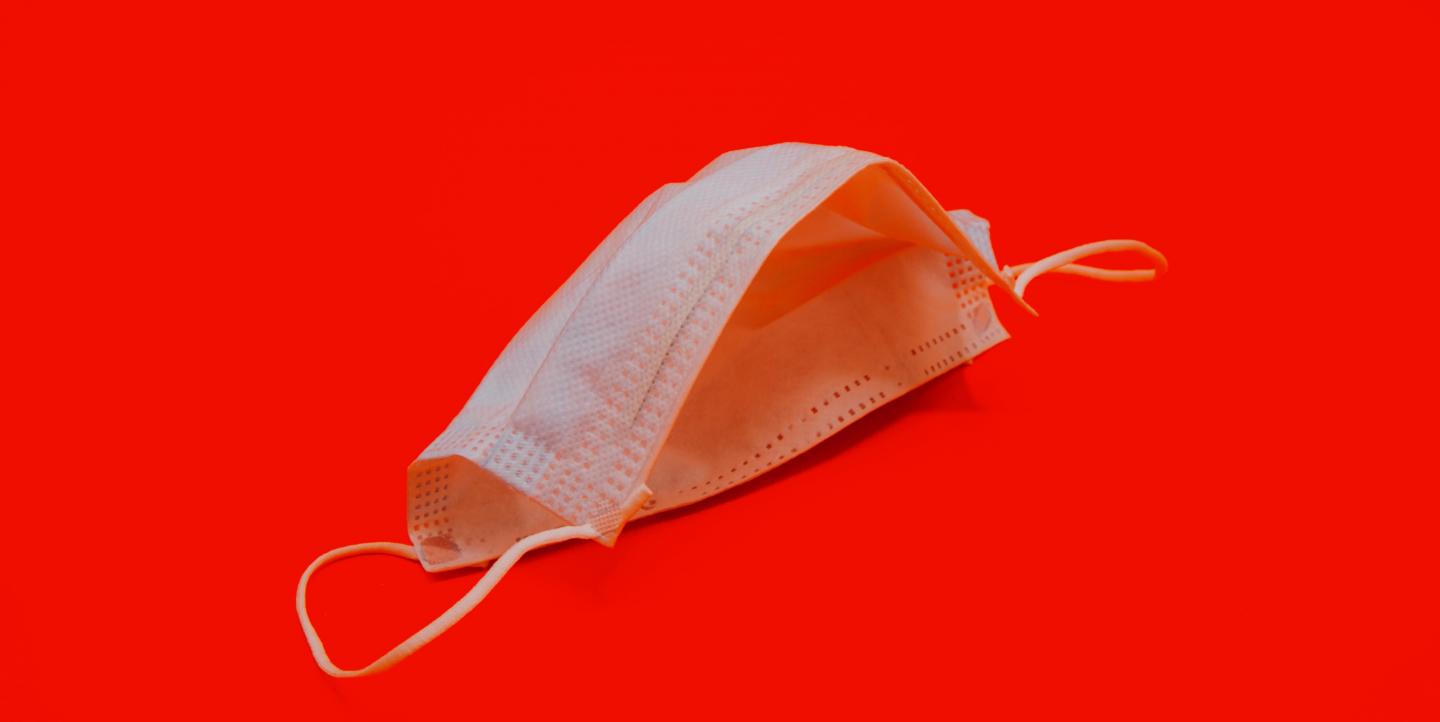As part of the Global Health Crisis Reporting Forum — a project with our parent organization, the International Center for Journalists (ICFJ) — we talked with Dr. Angela Rasmussen, a virologist at Columbia University. The online discussion and Q&A was moderated by Sharon Moshavi, ICFJ’s senior vice president of new initiatives.
This article is part of our online coverage of reporting on COVID-19. To see more resources, click here.
A noted virologist who has investigated public health threats from Ebola to SARS cautioned journalists to be wary of sources who pretend to be experts on COVID-19 since the disease was unknown just a few months ago.
“Anyone who claims to be an expert on COVID particularly is not an expert. This virus, we didn’t know about it four months ago. So I don’t know that anybody can be an expert,” said Dr. Angela Rasmussen of Columbia University, who studies host responses to infection and has investigated multiple viruses that pose a public health threat.
Rasmussen praised those who take the extra time to make sure they are correctly interpreting information from doctors and scientists about COVID-19.
“I can tell when talking to journalists who is being very conscientious about this and who is not. [The conscientious ones] will ask me follow-up questions. If there’s a part they don’t understand they will ask me to clarify,” she said, noting that the main problem she encounters in speaking to journalists is that some are covering science or health-related issues for the first time. “Everybody is a COVID journalist now — they’ve been thrown into this. So they don’t necessarily know the right questions to ask. They don’t know who to ask about what.”
She also noted that a lot of misinformation is being spread by people who pretend to know about the disease.
“There are a lot of problematic people on the scientific side too who are delighted to be on the news or in the papers,” Rasmussen said. “And they will provide incorrect information to journalists. I do appreciate immensely the journalists who go the extra mile to get the information right and to make sure the public is getting good quality, credible information.”
Here are other key takeaways from the conversation:
On the origins of the disease:
Scientists believe the disease originated in bats in China but it’s “completely unclear” how it was transmitted from bats to humans. “The most closely related virus that we’ve to date found is a SARS-like coronavirus isolated from a bat in a cave in China, which is quite distant from the province where Wuhan is and where the pandemic originated. It’s not the exact same virus that was found in the bat that was found in the cave in 2017, but it’s a very close relative.”
On the fast rate of infection:
The infection rate may relate to certain molecular features of COVID-19. “It’s also possible that our behavior with this virus has allowed it to expand beyond where it originally emerged. Unlike SARS classic [the 2002 virus], which was contained in China and Hong Kong, this virus has managed to expand outside of those borders and is now spreading freely in other countries. One thing we don’t know is if SARS classic had been able to do that, if it hadn’t been recognized when it was, if it could have been more easily contained. But this virus does appear to be more transmissible than SARS classic, and it’s certainly more transmissible than MERS coronavirus.”
[Read more: Key quotes: Are our health systems prepared for COVID-19? Q&A With Dr. Claire Standley]
On sexual transmission:
“We have no evidence that it’s sexually transmitted. And no evidence it’s transmitted by feces. Respiratory viruses like this are not generally transmitted in this way.”
On the use of masks:
“Generally, it’s okay to wear a mask if we have limitless supplies, but masks alone are not the solution. They need to be coupled with other measures like physical distancing and good hygiene. The main problem is that the supply is limited, and health care workers don’t have enough masks.”
“Surgical masks generally don’t protect the wearer as much as they protect other people... That said, studies have shown that mask-wearing can reduce transmission of other viruses, including influenza. The problem is if masks are not worn correctly.” She said pulling a mask off to speak or eat and putting it back on renders it ineffective.
[Read more: Want to better serve your readers regarding COVID-19? Read these tips.]
On miracle drugs:
“If anyone is talking about a miracle drug, journalists need to question that.” She said some physicians are dispensing chloroquine to family and friends. This creates a problem for people with the diseases that those medicines are meant to treat.
On herbal and traditional medicines:
“Traditional medicines were used in China to comfort patients who had no other options... Folk medicines may have value, but we won’t know that until they are tested vigorously in a clinical trial.” She said such medications should be evaluated for potential harm. She also cautioned against self-medication, citing a death in the U.S. that resulted from a patient self-medicating with hydra chloroquine.
The Global Health Crisis Reporting Forum from ICFJ and IJNet connects journalists covering the novel coronavirus pandemic with leading health experts, resources and each other. Learn more and join the Forum through its Facebook group. Journalists can use these insights and quotes in their stories.


